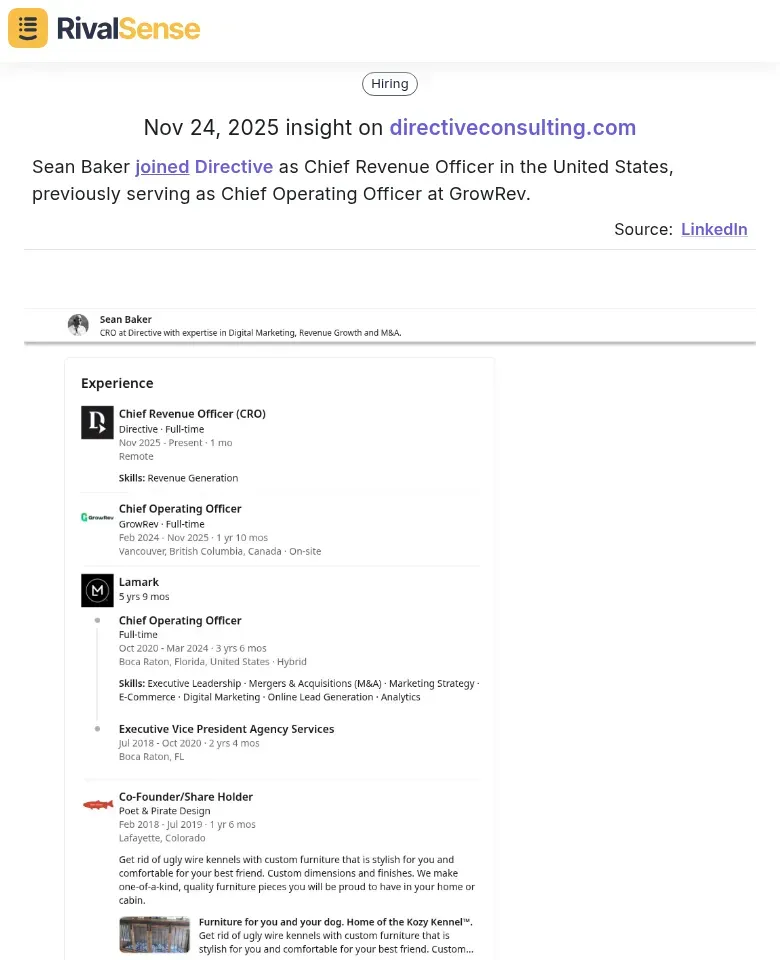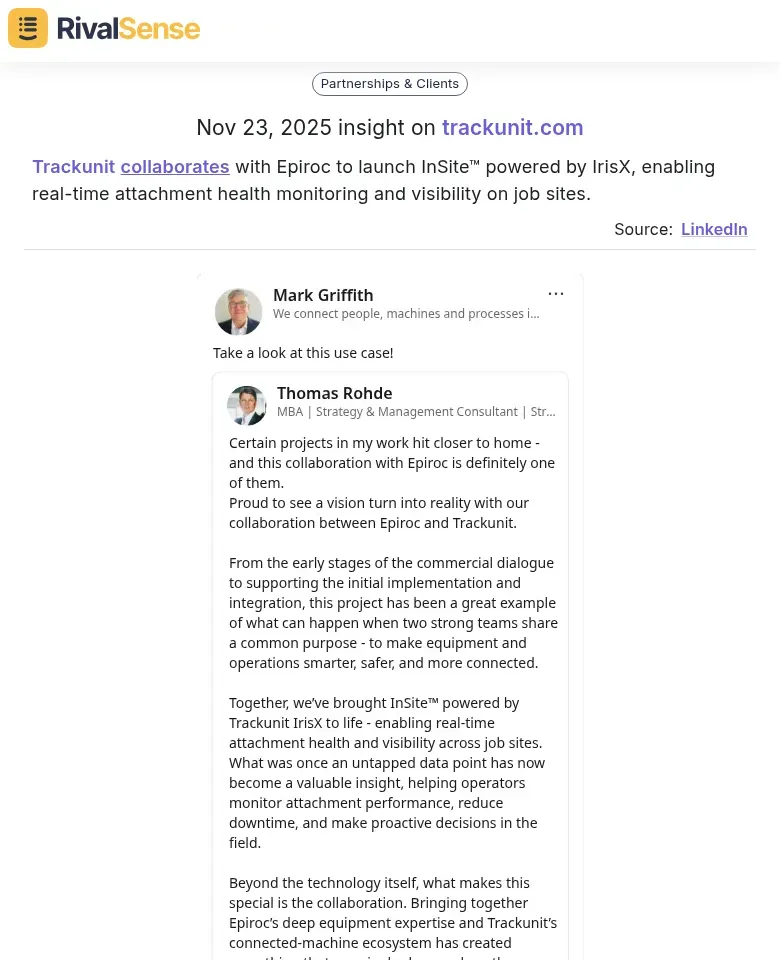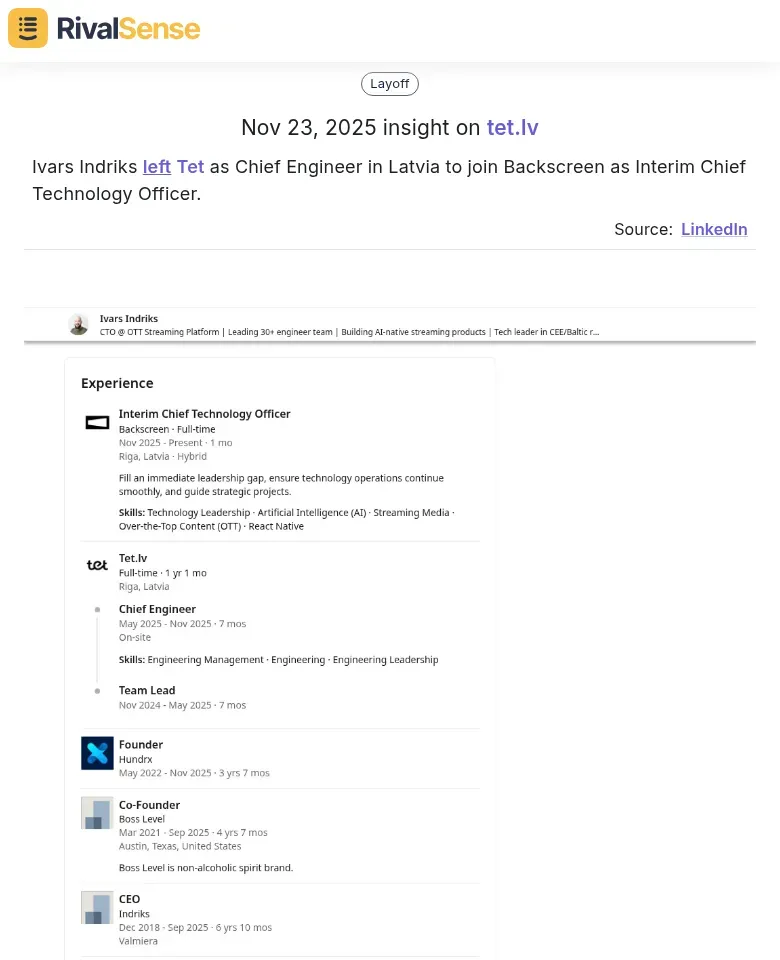The Ultimate Guide to Key Account Management Assessment: Driving Growth Through Strategic Evaluation
Key Account Management (KAM) is essential for B2B success, as a handful of clients typically drive the bulk of your revenue. Without systematic assessment, even top-performing teams can overlook growth opportunities and risk client attrition. This guide delivers actionable frameworks to evaluate your KAM efforts, ensuring you convert insights into tangible business outcomes.
Why Key Account Management Assessment Matters More Than Ever
In today's dynamic business environment, merely sustaining key accounts is insufficient for long-term growth. Proactive assessment allows you to gauge whether your strategies are maximizing value and staying ahead of market shifts. Regular evaluation enables you to:
- Identify growth opportunities within existing accounts
- Prevent client churn by addressing issues proactively
- Align individual performance with organizational objectives
- Benchmark performance against industry standards and competitors
Practical Assessment Framework: A 5-Step Approach
Step 1: Define Clear Performance Metrics
Establishing precise metrics is the foundation of effective KAM assessment. It ensures that everyone understands what success looks like and how it will be measured. Beyond basic revenue figures, incorporate a balanced set of indicators to capture holistic account health.
| Metric | Description | Why It Matters |
|---|---|---|
| 📊 Client satisfaction scores | NPS, CSAT surveys | Measures relationship strength and loyalty |
| 📈 Account growth rate | Year-over-year expansion | Indicates account potential and engagement |
| 🔄 Cross-selling success | Additional products/services sold | Reflects ability to deepen client value |
| 🤝 Relationship depth | Stakeholder engagement levels | Assesses strategic connection beyond transactions |
| 🎯 Strategic alignment | Support for business objectives | Ensures accounts contribute to overall goals |
Pro Tip: Use a balanced scorecard that blends quantitative data with qualitative insights for a comprehensive view.
Step 2: Implement 360° Feedback Collection
Gathering diverse perspectives provides a well-rounded evaluation of KAM effectiveness. This approach uncovers blind spots and highlights areas for improvement from all angles. Consistently collect input to maintain an accurate and evolving understanding.
Sources of Feedback:
- Client feedback via structured interviews and surveys
- Internal stakeholder input from sales, marketing, and service teams
- Peer reviews from other account managers
- Self-assessment to foster reflection and accountability
✅ Practical Checklist:
- Schedule quarterly feedback sessions
- Use standardized evaluation forms
- Ensure anonymity for candid responses
- Focus on specific behaviors and outcomes
Step 3: Analyze Competitive Context
Understanding your competitors' actions is critical for contextualizing your KAM performance. It helps you identify threats, opportunities, and benchmarks that inform your strategy. Integrating competitive intelligence ensures your assessments are grounded in real-world market dynamics.
Key Areas to Monitor:
- Competitor pricing strategies and adjustments
- Product launches and updates that could impact your accounts
- Partnership formations and market expansions
- Regulatory changes affecting your industry
Competitive Intelligence Tip: Tools like RivalSense automate tracking of competitor movements, delivering weekly reports on product launches, pricing shifts, and more. This data helps you assess whether your KAM strategies are keeping pace or falling behind.
Step 4: Conduct Strategic Account Reviews
Moving beyond routine reviews to deep strategic assessments unlocks hidden growth potential. This step involves evaluating each account's health, risks, and alignment with your company's direction. Regular, in-depth reviews prevent complacency and drive proactive management.
Assessment Framework Components:
- Account health scoring based on financial, relational, and strategic factors
- Growth potential analysis to prioritize resources
- Risk assessment for retention and mitigation planning
- Strategic alignment evaluation to ensure accounts support long-term goals
Pro Tip: Score accounts on a scale (e.g., 1-10) for performance, importance, and strength to visualize priorities.
Step 5: Create Actionable Development Plans
Assessment without follow-through wastes effort and demotivates teams. Turning insights into concrete plans ensures continuous improvement and skill enhancement. Focus on personalized development that addresses specific gaps and ambitions.
Elements of an Effective Plan:
- Identify specific skill gaps and training needs
- Set measurable improvement targets with clear timelines
- Provide resources and support for professional growth
- Establish accountability through regular progress check-ins
Advanced Assessment Techniques
Competitor Benchmarking Integration
Incorporating competitor data into your KAM assessment elevates its relevance and rigor. By comparing your performance against market players, you can set smarter targets and adapt strategies swiftly. This external perspective prevents insular thinking and fosters innovation.
Benefits of Benchmarking:
- Set realistic, competitive performance targets
- Identify emerging threats to your key accounts
- Discover and adopt industry best practices
- Adjust tactics based on competitor movements and trends
Technology-Enabled Assessment
Leveraging modern tools streamlines and enriches the assessment process. Automation reduces manual effort while providing real-time insights that keep evaluations current and actionable. Embrace technology to stay agile and data-driven.
Capabilities to Look For:
- Automated performance tracking against KPIs
- Real-time client sentiment analysis from feedback and interactions
- Competitive movement alerts for immediate response
- Market trend integration into assessment criteria
Leveraging Competitive Intelligence with RivalSense Insights
Integrating real-time competitive data into your KAM assessment provides a strategic edge. By monitoring competitor activities, you can anticipate market shifts and refine your approach. Here are examples of insights that highlight the value of such intelligence:
-
Management Changes: Tracking executive movements can reveal shifts in competitor strategy. For instance, when Sean Baker joined Directive as Chief Revenue Officer after serving as COO at GrowRev, it signaled a potential focus on revenue growth and operational efficiency. This insight helps you assess whether your account strategies align with evolving competitor priorities.

-
Partnerships and Product Launches: Collaborations and new offerings indicate market innovation. Trackunit's partnership with Epiroc to launch InSite™ powered by IrisX, enabling real-time monitoring, shows how competitors are enhancing value for clients. Understanding such moves helps you evaluate if your KAM efforts are leveraging similar advancements.

-
Talent Movements: Key personnel changes can impact competitor capabilities and focus. Ivars Indriks leaving Tet to join Backscreen as Interim CTO highlights how tech leadership shifts might influence product development and account strategies. Monitoring this helps you anticipate competitive threats or opportunities.

Common Assessment Pitfalls to Avoid
Even well-intentioned assessments can fall short if common mistakes are overlooked. Recognizing and avoiding these pitfalls ensures your evaluation process is robust and effective. Stay vigilant to maintain the integrity and impact of your KAM assessments.
❌ Over-reliance on revenue metrics - Balance financial performance with relationship quality and strategic alignment.
❌ Ignoring competitive context - Your KAM effectiveness is relative; always consider market conditions and competitor actions.
❌ Infrequent assessment - Quarterly reviews may miss emerging trends; aim for more regular check-ins.
❌ Lack of competitor awareness - Not knowing how rivals approach similar accounts blindsides your strategy.
❌ One-size-fits-all evaluation - Tailor success criteria to account-specific needs and potentials.
Transforming Assessment into Competitive Advantage
Effective KAM assessment goes beyond measuring past performance to future-proofing your business. By blending internal metrics with external market intelligence, you create a dynamic framework that drives real competitive edge. This holistic approach ensures your teams are not just meeting targets but outperforming the market.
Final Thought: The most successful assessments integrate competitor tracking—like monitoring product launches, pricing changes, and partnerships—to keep strategies relevant and aggressive. Tools that provide this intelligence, such as RivalSense, help turn evaluation into a growth engine.
Ready to enhance your KAM assessment with real-time competitive insights? Try RivalSense for free at https://rivalsense.co/ and get your first competitor report today!
📚 Read more
👉 Case Study: Competitor Backlink Tracking Drives Strategic Vision
👉 How VEED's Nano Banana Pro Uncovered Competitors' AI Edge
👉 Best Practices: Instagram Competitor Insights for Tracking Key Decision Makers
👉 Best Practices for Tracking Key Account Lifecycle in Mobility
👉 Media Monitoring: Benchmark Competitor Content & Key Account Tracking
